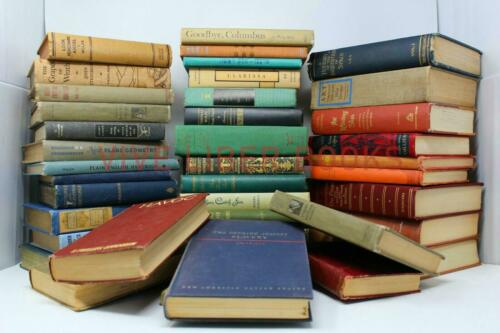-40%
1250- HENRY III, ENGLAND, BOOK OF HOURS, BREVIER, MIDDLE-AGES-OVER 750 YEARS OLD
$ 1.32
- Description
- Size Guide
Description
HENRY IIIFAMULA TUA
EVANGELIAR-HANDWRITING
GRAVE-Handwriting to a Noble Woman
England, anno 1250
Scriptorium
*** CODEX- RELIQUIEN ***
*** OATH- EVANGELIAR ***
*** England, around 1250 ***
*** Scriptorium - Masterpiece ***
Henry III -
Son of John
and Isabella of Angouleme
Virgin-Vellum
Museum-Handwriting
Finest Pergament-Vellum
(Skin unborn animals-goat, sheep, calf, horse)
finest Pergament
Karolingi Minuskeln
Minuskeln and Initial letters
Colored Minuskeln and Lombarden in red and blue
Manual work of a write scholar of a England of monastery purifies
Written for a grave speech to a noble Woman, perhaps even princess
Performance of the gospels and dead speech for preparation into the sky
classities colored climbing wor
k and hands ornaments
red and blue Fleuronnè initials
Karolingi MINUSKELN
Size: ca. 19,5cm x 14cm
*** Written for a grave speech to a noble Woman, perhaps even princess ***
*
** Performance of the gospels & dead speech for preparation into the sky **
*
The offe
r on this
Medieval EVANGELIAR-Handwriting
on
finest Pergament.
over 750 years old
OATH- EVANGELIAR
CODEX-RELIQUIEN-HANDWRITING
Museum-Handwriting on finest Virgin-Vellum
EXTREMELY RARE
The hourly book (also Horarium; (spätlat. horarium = clock), livre d' heures [livr ˈdœr], that; (frz.= hourly book)) were the structure after the Brevier of the Roman-catholic church very similar a prayer and a devotion book for the hourly prayer. Certainly they were first later for laymen, also for clerics. The hourly books came into 13. Century up and displaced the Psalter from its controlling role as Gebetbuch. In the late Middle Ages they were in circles rich, read-well-informed aristocracy and city aristocracy the private devotion book par excellence. Principal items of the hourly books formed a marianisches Offizium and the Totenoffizium. The designation hourly book leads itself off of therein the contained, to certain hours at praying day times.
Originally beginning around midnight with the Matutin, which was summarized in the morning for practical reasons in the course of the years with the Laudes at three o'clock, one prayed in the morning in the three-hour rhythm starting from six o'clock prime, third, the Sext, the Non (Liturgie) the Vesper (Liturgie) and the Komplet. In hourly books were also Cisiojanus Merkverse, which helped during the dating of the mobile celebrations of the church yearly. Gold foil ornaments could afford to larger extent only princes, bishops and rich monasteries. One painted with thin brushes and water or opaque colors, drawn with india ink and goose keel. As red color means red ochers, Zinnober, Menninge, carmine, Vermiculum, Folium, kite blood, Krapp found and later also Brasilholz use. The precious magenta served in the antiquity and in the early Middle Ages to dyeing some particularly magnificent Pergamentmanuskripte, which were then described with gold or silver ink. For yellow colours stood yellow ochers, Auripigment, lead-yellow, Safran and Wau for order, for green colours green earth, malachite-green and for verdigris as well as Ultramarin, Azurit and Indigo as blue color means. For knowing and black tones lead and bone white were soot-black used and/or. As bonding agents in the Middle Ages fish glue, Egg or rubber were used.
Hourly books were usually provided with book decoration. Individual copies belong to the splendour-fullest ever manufactured illustrated handwriting. At the most famous and artistically most valuable the hourly books of the duke of Berry (1340-1416) might be, among them the Très of riches heures (Chantilly, mash. Condé, ms. 65), which with the contemporaries as non plus ultra a bibliophiler preciousness was already valid. Principal items of the hourly books formed a marianisches Offizium and the Totenoffizium. The designation hourly book leads itself off from therein the contained, to certain hours at praying day times. Originally beginning around midnight with the Matutin, which was summarized in the morning for practical reasons in the course of the years with the Laudes at three o'clock, one prayed in the morning in the three-hour rhythm starting from six o'clock prime, third, the Sext, the Non (Liturgie) the Vesper (Liturgie) and the Komplet. In hourly books were also Cisiojanus Merkverse, which helped during the dating of the mobile celebrations of the church yearly.




















